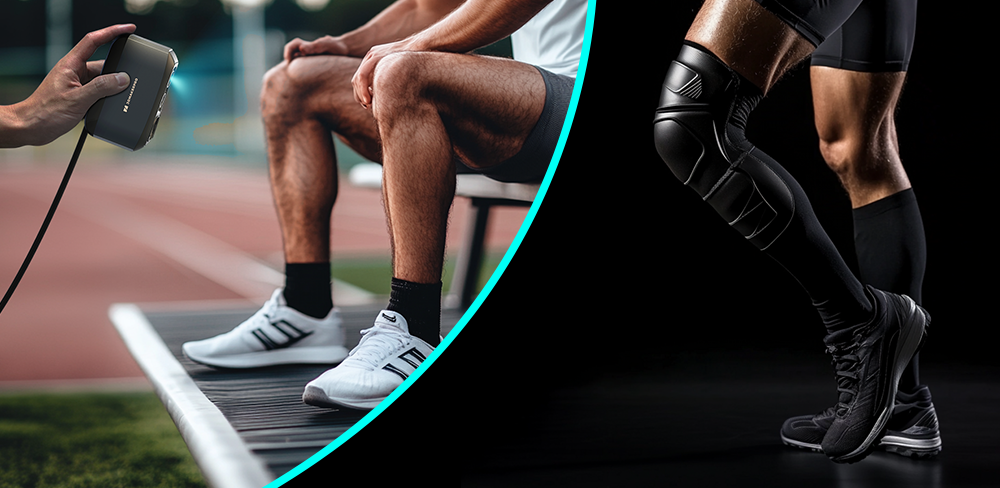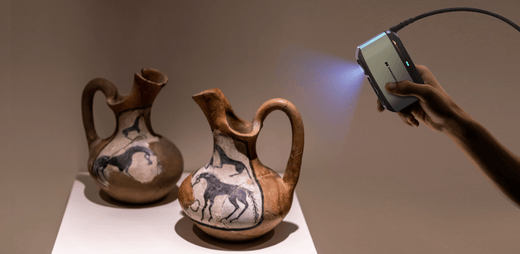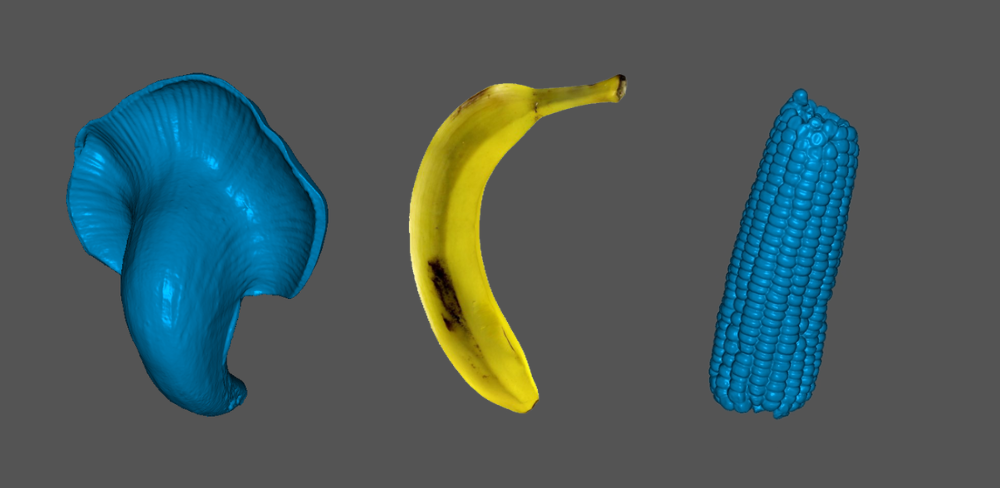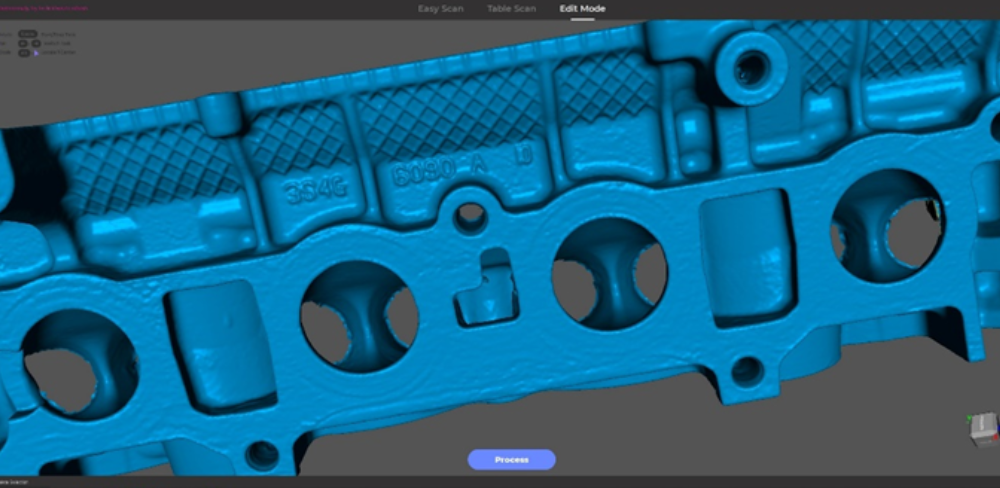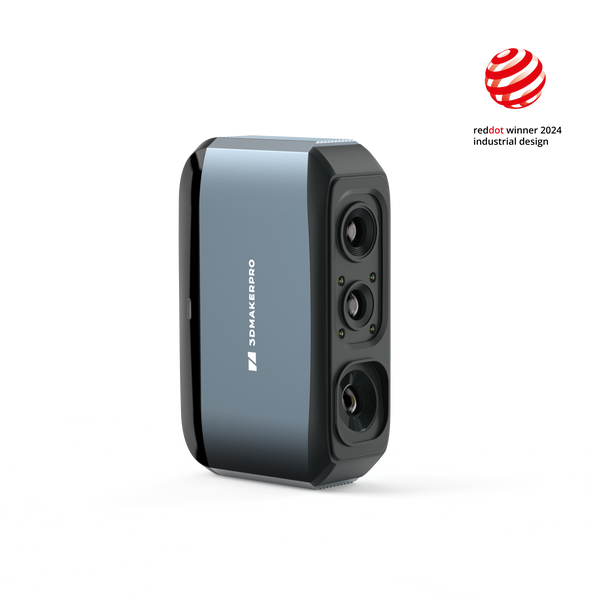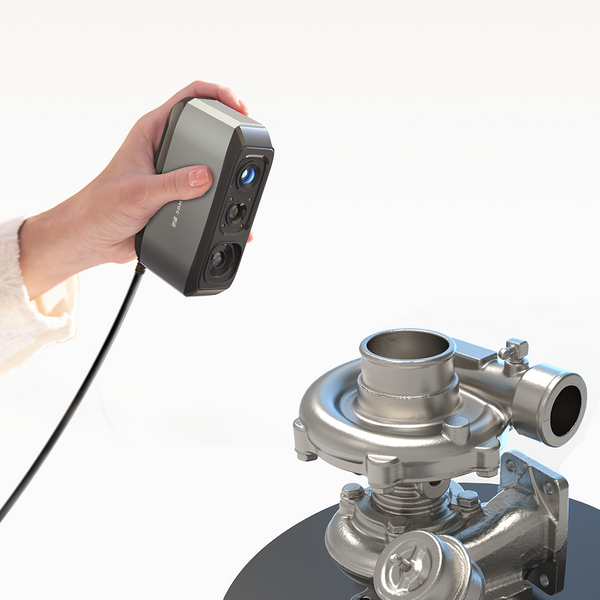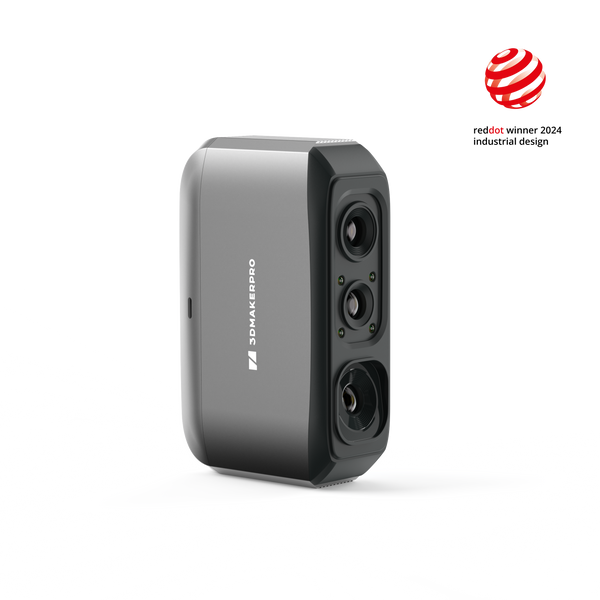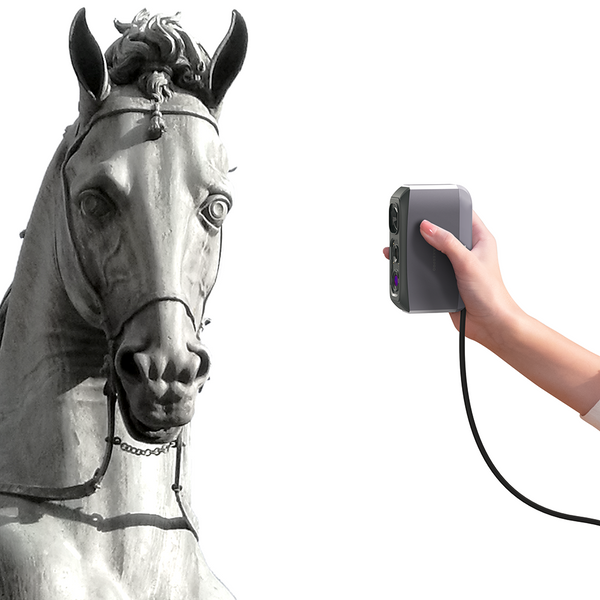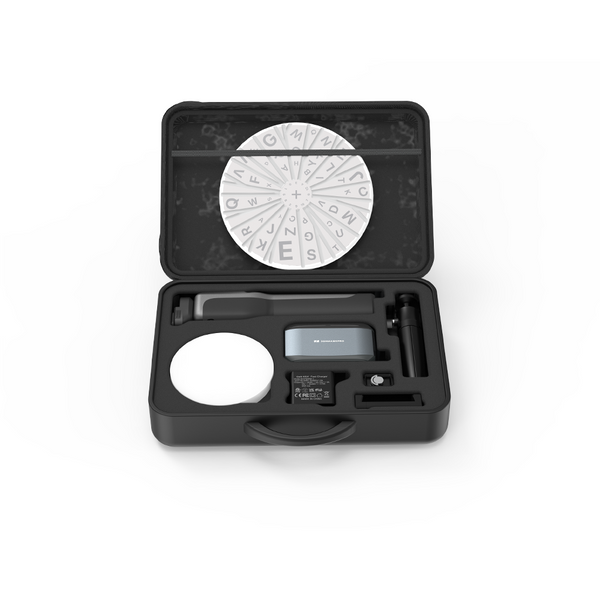In the world of sports, athletes constantly push their bodies to the limit, making injury prevention and recovery critical components of their training regimes. Modern sports medicine has seen significant advancements, and one of the most promising technologies is 3D scanning. The Moose 3D Scanner by 3DMakerpro is at the forefront of this revolution, offering innovative solutions for creating custom-fitted protective gear and designing rehabilitation equipment that aids in faster and more effective recovery for athletes.
Custom-Fitted Protective Gear
One of the primary applications of the Moose 3D Scanner in sports medicine is the creation of custom-fitted protective gear. Traditional protective equipment often follows a one-size-fits-all approach, which can lead to discomfort and inadequate protection. However, with 3D scanning technology, it is possible to create gear tailored to the unique contours of an athlete’s body.
The Moose 3D Scanner captures precise measurements of an athlete’s body, allowing for the design of equipment that fits perfectly. This custom-fit not only enhances comfort but also significantly improves protection. For instance, custom-fitted helmets, shin guards, and mouthguards can better absorb and distribute impact forces, reducing the risk of injuries12. This level of precision ensures that athletes are better protected, allowing them to perform at their best with confidence.
Designing Rehabilitation Equipment
In addition to injury prevention, the Moose 3D Scanner plays a crucial role in the design of rehabilitation equipment. Recovery from injuries often requires the use of specialized devices that support and aid the healing process. Traditional methods of creating these devices can be time-consuming and may not always provide the best fit for the patient.
With 3D scanning, medical professionals can create highly personalized rehabilitation equipment. The Moose 3D Scanner can capture detailed images of the injured area, which can then be used to design orthotic devices, braces, and supports that fit the patient perfectly34. This customization ensures that the equipment provides optimal support and comfort, which is essential for effective recovery.
Moreover, 3D scanning allows for the continuous monitoring of an athlete’s progress. By regularly scanning the injured area, medical professionals can track changes and make necessary adjustments to the rehabilitation equipment. This dynamic approach ensures that the recovery process is as efficient and effective as possible, helping athletes return to their peak performance sooner.
Faster and More Effective Recovery
The integration of 3D scanning technology in sports medicine not only enhances the design of protective and rehabilitation equipment but also accelerates the overall recovery process. Custom-fitted gear and personalized rehabilitation devices reduce the risk of further injury and ensure that athletes receive the best possible care.
For example, a custom-fitted knee brace designed using the Moose 3D Scanner can provide targeted support to an injured ligament, promoting faster healing and reducing discomfort5. Similarly, custom orthotics can help correct imbalances and improve biomechanics, preventing re-injury and enhancing overall performance.
In conclusion, the Moose 3D Scanner by 3DMakerpro is revolutionizing sports medicine by providing precise, custom-fitted solutions for injury prevention and recovery. By leveraging this advanced technology, athletes can benefit from enhanced protection, personalized rehabilitation, and faster, more effective recovery. As 3D scanning continues to evolve, its applications in sports medicine will undoubtedly expand, offering even greater benefits to athletes worldwide.
References:
1: Shapeshift 3D | Custom Sports Gear
2: Advancements in 3D Printed Sports Equipment
3: Visbody 3D Body Scanner & Body Measurement Scanner Analyzer Machine
4: Sensors | Free Full-Text | A Review on 3D Scanners Studies for Producing Customized Orthoses
5: Applications of 3D Printing in Sports and Sports Medicine


